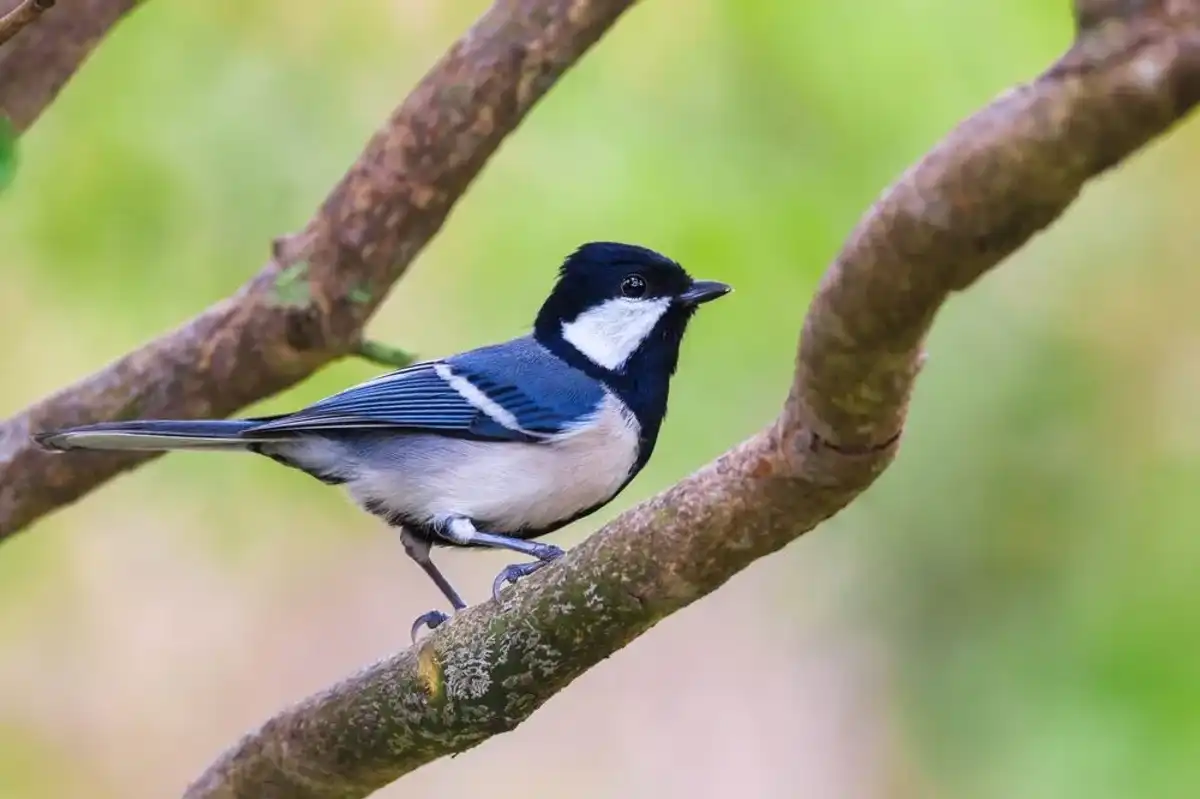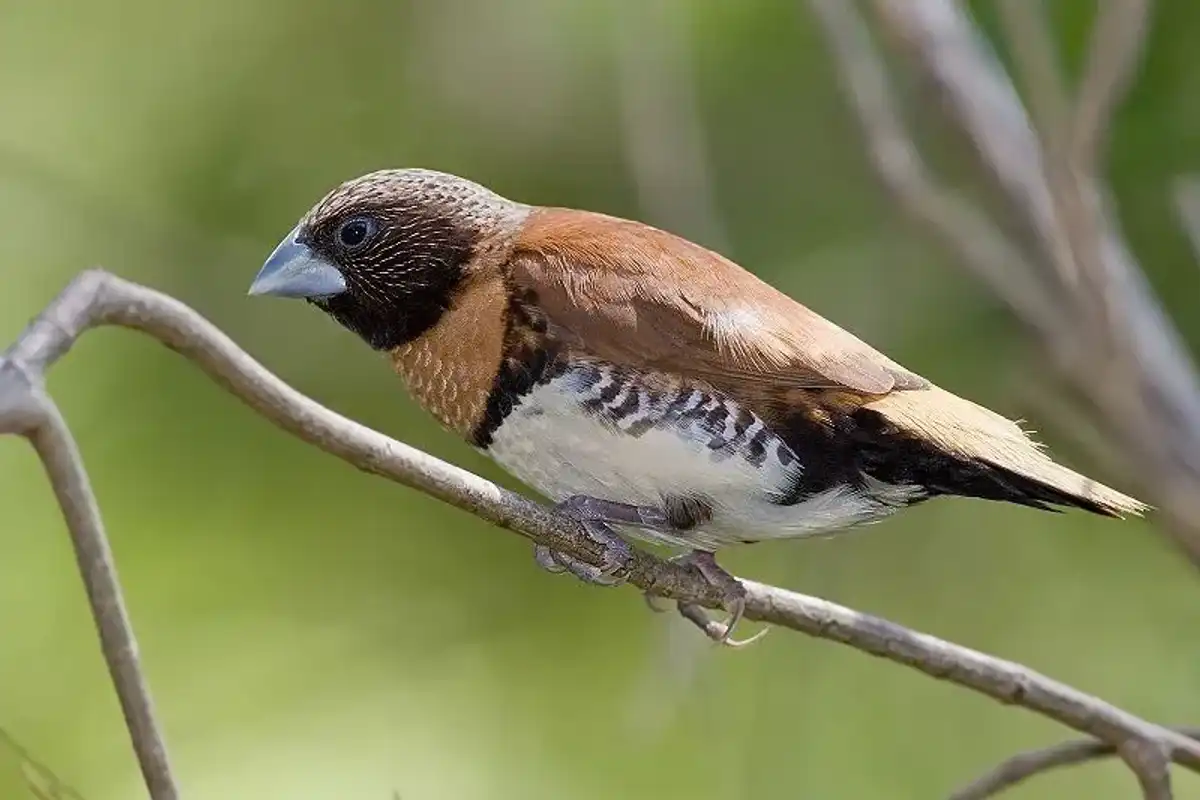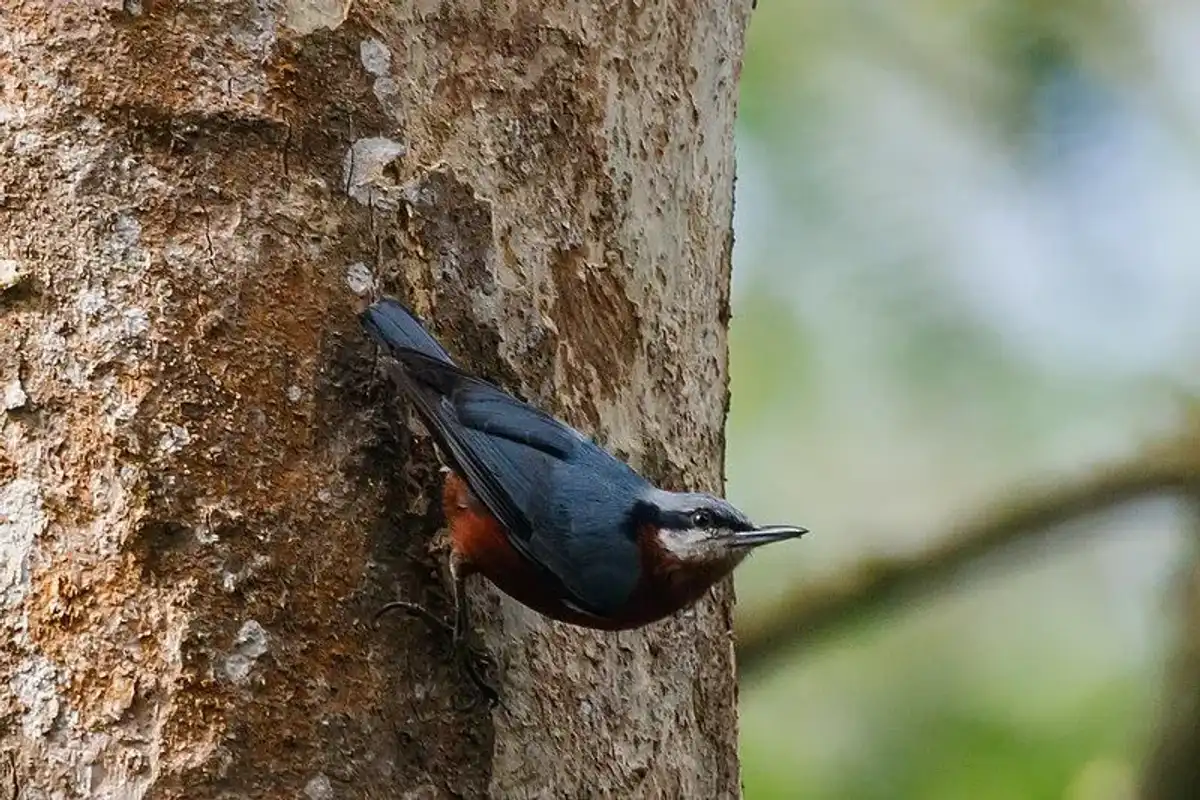About Ritika Shukla
Ritika holds a Bachelor's degree in Commerce from Mata Sundri College For Women, Delhi, and is currently pursuing her MBA from the School Of Management and Entrepreneurship at IIT Jodhpur. Ritika's exceptional research skills were recognized when she was awarded Student Project Of The Year by INSC for her academic research project on 'Psychological Stress, Antecedents, and Analysis for Undergraduates'. Moreover, she showcased her financial literacy skills by scoring among the All India Top-50 percentile in the National Financial Literacy Assessment Test (NCFE-NFLAT). Ritika is an avid reader of fictional novels and utilizes her spare time to engage in content writing. She demonstrates her commitment to academia through her voluntary work at her university, where she provides academic and on-campus support to fellow students.
Family interest
In house speciality
Qualifications
- Bachelor of Commerce
- Master of Business Administration
Recent Work
Fun Clumber Spaniel Dog Facts For Kids
The Clumber spaniel, also known as the Clumber cocker spaniel is a small dog breed with English origins. These dogs belong to the hunting group of dogs known as gun dogs which include breeds like the English setter and the poodle.
The history of the origin of the dog is unclear and also speculations can be made about its origin, even though, they are linked with England.
Clumber spaniels have a dense white coat on their bodies and have a rather short height compared to their heavy-built bodies. They became popular during the 19th century when they were used as companion dogs for royalties.
Since then, Clumber spaniels have found their way across the globe as a great household pet thanks to their association as great pet dogs with a loving and playful nature. However, they are quite a rare eyesight in households outside of England, as a result of which they fall high spectrum on the price range.
For more relatable content, check out these English cocker spaniel facts and American water spaniel facts for kids.
Fun Cinereous Tit Facts For Kids
The cinereous tit (Parus cinereus) is a passerine bird that falls into the Parus cinereus mahrattarum classification of birds. A common Old World bird, it is one of the most commonly confused group of species.
Earlier, this bird of the world used to be treated as a subspecies of the great tit, but now it is classified differently. There are multiple habitual differences between the cinereous tit and the great tit that have finally set the two apart as different sub-species.
The largest and boldest of the common tit species, the great tit is an acrobatically gifted species.
It has multiple names across the world such as its name in East Asia is Japanese tit. A common garden visitor, it is quite easy to spot a cinereous tit.
In fact, owing to its somewhat frequent appearances in local gardens, the loud sound of the cinereous tit, often perceived as a call made in a group, is a unique feature of the bird. It is a songbird and is known to produce repeated sounds in a call.
This bird mostly feeds at the upper levels of the forest, although it is known to typically not like dense forests. They tend to move in small groups that may eventually join with other birds to become mixed flocks.
They are an intelligent species of bird, choosing not to store their food like most animals of their kind. Instead, they use their abilities of swiftness and stealth to steal food. Perhaps the most intriguing quality of theirs is their unique abilities to distinguish between the eggs in their nest.
Find the article intriguing? Check out some more fun bird facts on the cockatoo and blue jay.
Fun Chestnut-bellied Rock Thrush Facts For Kids
The chestnut-bellied rock thrush (Monticola rufiventris) is an Old World bird found in countries like India, Nepal, Bhutan, Tibet, and Thailand. This bird is based in the temperate regions of the world.
Its binomial name is Monticola rufiventris, which was given by Jardine-Selby 1833. Primarily found in East Asia, this bird is confined to the northern regions and does not like shady areas.
It is an aerial, fly-catching bird with an audacious and aggressive temperament with the help of which it tends to confront birds bigger than itself.
The chestnut-bellied rock thrush (Monticola rufiventris) typically sits with a perky, upright posture, slowly rocking its tail up and down. They are one of the most excellent songsters of the Passeriforme order, family Muscicapidae and their sound can be described as low-spirited songs.
Largely terrestrial, the chestnut-bellied rock thrush (Monticola rufiventris) is found to be active in the lower levels of forest. They are mountain dwellers who have an inclination towards areas with a suitable supply of trees, from dense forest to open scrub.
With respect to appearances, the chestnut-bellied rock thrush (Monticola rufiventris) is quite an attractive bird. The male is a bright, colorful bird, whereas the female is of a grayish-brown shade with a layer of white spots that details its torso. The IUCN gave this bird of the order Passeriformes the status Least Concern in 2012.
Find this article intriguing? Check out some more fun bird facts about the greater sage grouse and blue jay.
Fun Chestnut-breasted Mannikin Facts For Kids
The chestnut-breasted mannikin, which is also known as chestnut-breasted mannikin lonchura, munia lonchura and the bully bird, is a native of Australia. They are low altitude birds that are mostly found in coastal areas.
They have a close resemblance to their cousin species, the tri-color munia and pearl-headed silverbills, but a distinctive feature of these birds is a dark bar around the chest. Like other finches, they are very amiable and extroverted and live in large flocks.
They are perhaps the most sociable species in the Estrildidae family. These lively birds like to take up the role of the helpers of the group, as they would happily assist other birds with nest making.
Nonetheless, they can get a bit dominating at times. They become aggressive if put up with a fight and are tough when defending themselves against an enemy.
If you happen to visit the countryside which is full of wavy fields and freshwater bodies, you might be able to catch a glimpse of these birds. Usually, they are spotted in wetlands because these are the breeding grounds for these birds.
Chestnut-breasted mannikins stay in their flocks as long as the breeding season is around. Thereafter, they leave the flock in pairs to breed.
While some bird pairs are known to last for a lifetime and others only stay together for one breeding season, these birds fall in the latter category. However, it's remarkable to note that a good part of their strength lies in their flocks.
Find the article intriguing? Check out some more fun bird facts on the cockatoo and blue jay.
Fun Chestnut-bellied Nuthatch Facts For Kids
Chestnut-bellied nuthatch (Sitta cinnamoventris) is a small active bird that belongs to the Passeriformes order, further classified as a perching bird. It belongs to the Sittidae genus, which is a family of nuthatches and wall-creepers.
The South Asian forms of the bird were once believed to be a subspecies of the Eurasian nuthatch. It is the most common resident of the Himalayas and you can see them on your trip to the mountainous regions of South East Asia.
The chestnut-bellied nuthatch sitta usually flies in small flocks, if not perched alone. The chestnut-bellied nuthatch adaptation is very similar to its closest relative from the Sittidae family, the white-bellied nuthatch.
The two share the closest relation in terms of resemblance, behaviors, and habitat.
However, the white-bellied nuthatch is a native of North America. Often detected by its quick echoing trill, the chestnut-bellied nuthatch (Sitta cinnamoventris) is pretty quirky.
They have powerful claws that help them climb back and forth on tree trunks. Known as Sittelle de Blyth in French, the description was given by a French researcher called Blyth (1842).
Unlike many deciduous birds, the Sittelle de Blyth does not perch on the topmost levels of the canopy. Instead, they are middle dwellers which is why they also forage on the ground for seasonal seeds and fallen fruits.
Find this article about the chestnut-bellied nuthutch bird intriguing? Check out some more fun bird facts about the cockatoo and blue jay.





